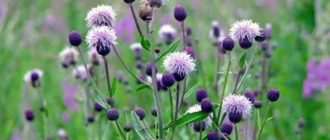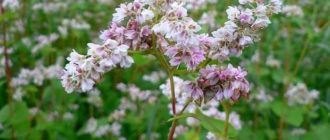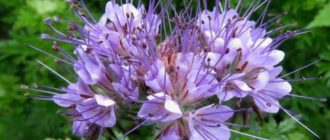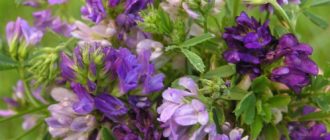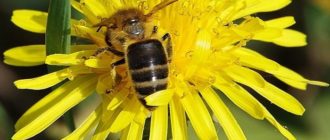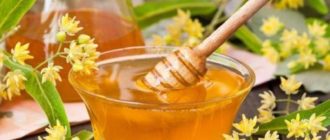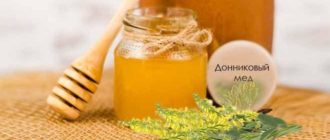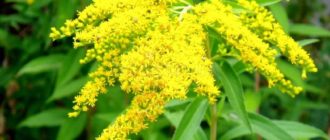Honey plants
Beekeepers cannot do without honey plants. Otherwise, they will not reap the “harvest” - honey, pollen, propolis. And the bees will be left without work. You need to know and distinguish between plants that are suitable for these purposes. To regulate honey collection and improve its quality.
The main honey plants include acacia, some shrubs, even aster. Especially the swamp. Having knowledge in this area is essential. After all, otherwise you won’t get a tasty, healthy, natural product. Some honey plants produce mainly beebread. Others affect honey production. The beekeeper needs to know and remember all this.
Common bruise is a weed that is often used to make medicines. Also
To get a large amount of honey, it is important to place a sufficient number of honey plants near the apiary. If such
The ball-headed chinstrap is also called the barnyard grass. This is a thorny plant that is resistant to drought. Plant
Flora includes many plants that differ in purpose and quality characteristics. Among useful crops
Buckwheat is a genus of plants from the family of the same name, consisting of 26 species. She's from
There are many plants from which bees collect nectar. Buckwheat and acacia are known to many, but
Annual, flowering phacelia is most often used as a green manure crop to improve soil quality,
Alfalfa fields in Russia are quite widespread. This plant is a valuable agricultural crop,
Bees collect nectar, pollen and sticky substances from various plants. The resulting ingredients are industrious insects.
Among all beekeeping products, linden honey is considered the most popular. Flower nectar has an excellent taste,
Sweet clover is a medicinal plant that has long been known in folk medicine. The herb is also used in
The quality and composition of natural bee honey directly depend on the plants from which insects collect


